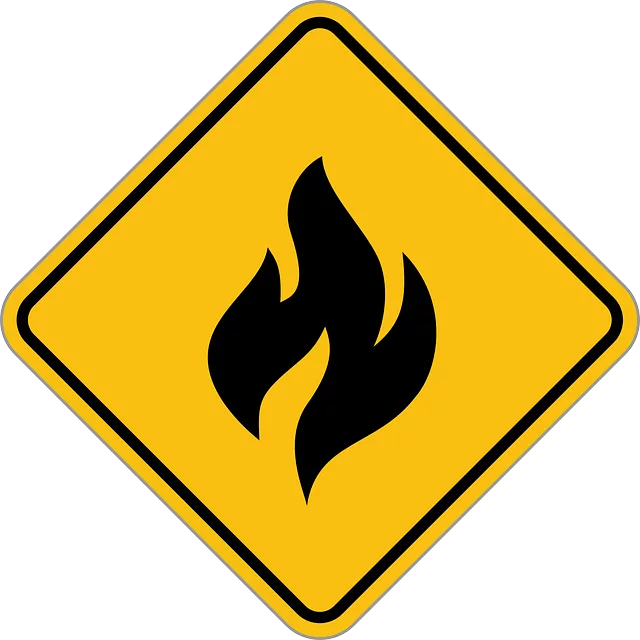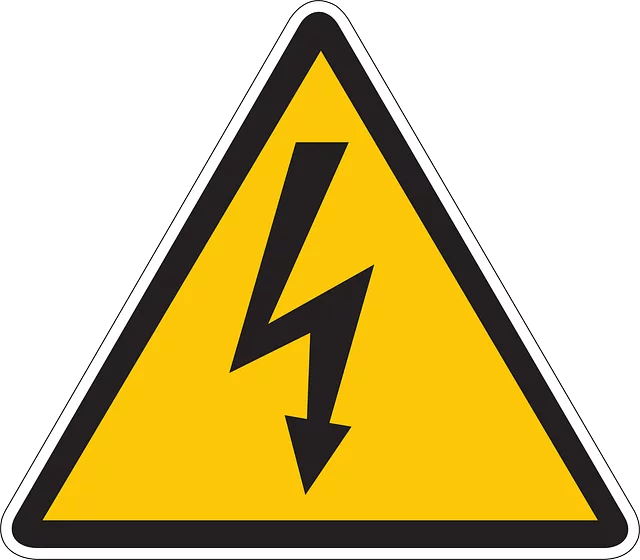Root Cause Analysis (RCA), recommended by OSHA, is a systematic approach to enhancing workplace safety beyond immediate incident causes. By investigating incidents and near-misses, organizations uncover complex underlying factors, enabling effective risk management and prevention during inspections. Integrating RCA with Safety Data Sheet (SDS) compliance addresses knowledge gaps, fosters open communication, and facilitates targeted corrective actions. OSHA guidelines emphasize regular safety inspections and hazard assessments to create secure work environments, adhering to SDS regulations and proactively mitigating accidents. SDS documents provide critical information for hazard assessment protocols, enhancing safety culture, reducing incidents, and preparing organizations for emergencies. A structured RCA approach, aligned with OSHA standards, identifies root causes through continuous improvement, open communication, and leveraging data from SDS compliance checks, ultimately refining safety protocols and fostering a safer work environment.
“Uncovering the root cause of safety incidents is a cornerstone of any proactive organization’s health and safety strategy. This article delves into the essential practice of Root Cause Analysis (RCA), offering a comprehensive guide to enhancing workplace safety. We explore OSHA’s guidelines for workplace safety inspections and hazard assessment protocols, emphasizing their role in incident prevention. Additionally, we dissect the critical link between Safety Data Sheet (SDS) compliance and effective RCA implementation, providing strategies for continuous improvement.”
- Understanding Root Cause Analysis: A Foundation for Workplace Safety
- OSHA Guidelines: Workplace Safety Inspections and Hazard Assessment
- Safety Data Sheet (SDS) Compliance: A Crucial Link in Incident Prevention
- Implementing Effective RCA: Strategies for Continuous Improvement
Understanding Root Cause Analysis: A Foundation for Workplace Safety
Root Cause Analysis (RCA) is a critical process in ensuring workplace safety and health, as outlined by OSHA guidelines. It involves systematically investigating incidents or near-misses to identify not just the immediate causes but also the underlying factors that contributed to them. By delving beyond the surface, RCA helps organizations address the root sources of hazards, which are often complex and multifaceted. This proactive approach is essential for effective risk management and preventing future occurrences, especially during workplace safety inspections.
In the context of OSHA workplace safety inspections and hazard assessment protocols, RCA serves as a foundational tool. It encourages a thorough examination of the circumstances surrounding an incident, including environmental conditions, human factors, equipment failures, and procedural lapses. Moreover, complying with Safety Data Sheet (SDS) requirements becomes more meaningful when coupled with RCA, as it helps identify knowledge gaps or communication breakdowns that may have played a role in the incident. Through this analysis, organizations can implement targeted corrective actions, enhancing overall workplace safety and compliance.
OSHA Guidelines: Workplace Safety Inspections and Hazard Assessment
OSHA guidelines emphasize the importance of regular workplace safety inspections and thorough hazard assessments to identify potential risks and ensure a secure work environment. These protocols are essential components of an effective safety management system, helping employers comply with safety data sheet (SDS) regulations and mitigate accidents. During inspections, trained personnel systematically examine the workspace, equipment, and processes to pinpoint any violations or hazards that may pose risks to employees.
The hazard assessment process involves identifying, evaluating, and addressing potential dangers in the workplace. It includes analyzing tasks, substances, and environments to determine the likelihood and severity of harm. By adhering to OSHA standards, organizations can create a culture of safety, reduce incidents, and foster a proactive approach to protecting their workforce.
Safety Data Sheet (SDS) Compliance: A Crucial Link in Incident Prevention
Safety Data Sheets (SDS) play a pivotal role in OSHA workplace safety inspections and incident prevention. These comprehensive documents provide critical information about chemical and substance hazards present in the workplace, including potential risks, handling procedures, and emergency response measures. SDS compliance is not just a regulatory requirement; it’s a crucial link in the chain of incident prevention. Employers are mandated to ensure that all staff have access to up-to-date SDS for every hazardous substance used or stored on-site, facilitating informed decision-making during inspections and emergencies.
During OSHA workplace safety inspections, compliance with SDS requirements is closely scrutinized. Proper storage, labeling, and distribution of these sheets demonstrate an employer’s commitment to employee safety. Moreover, hazard assessment protocols integrated into daily operations, aided by SDS information, can help identify potential risks before they escalate. By fostering a culture of safety through adherence to SDS guidelines, organizations can create a safer working environment, reduce the likelihood of incidents, and effectively prepare for any emergency situations that may arise.
Implementing Effective RCA: Strategies for Continuous Improvement
Implementing Effective RCA requires a structured approach that aligns with OSHA workplace safety inspections and hazard assessment protocols. Start by establishing clear goals for continuous improvement, integrating RCA into routine processes. Encourage a culture where identifying root causes is prioritized, fostering open communication among all employees. Regularly review and update hazard assessment protocols to ensure they remain relevant and comprehensive.
Leverage data from safety data sheet (SDS) compliance checks to identify recurring issues and trends. Utilize this information to refine procedures, implement preventative measures, and conduct targeted training sessions. By integrating RCA into your workplace culture, you can continuously enhance safety protocols, reduce incident rates, and foster a safer work environment for all.


